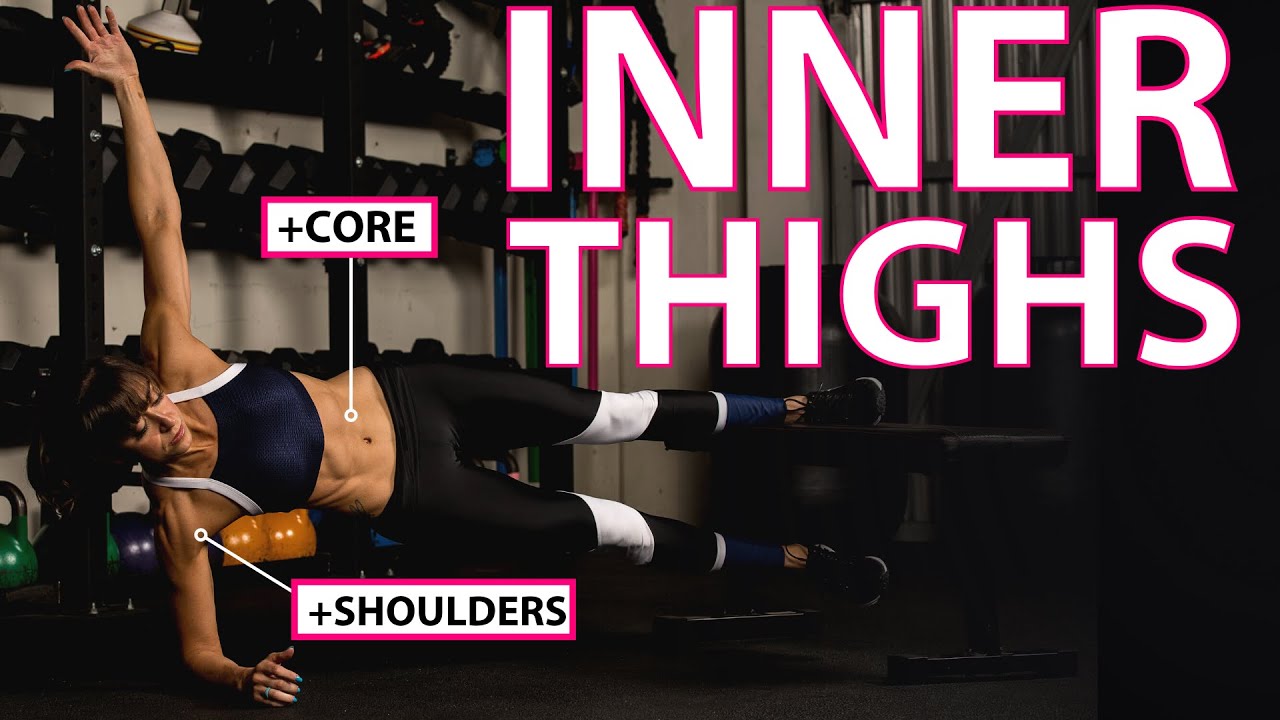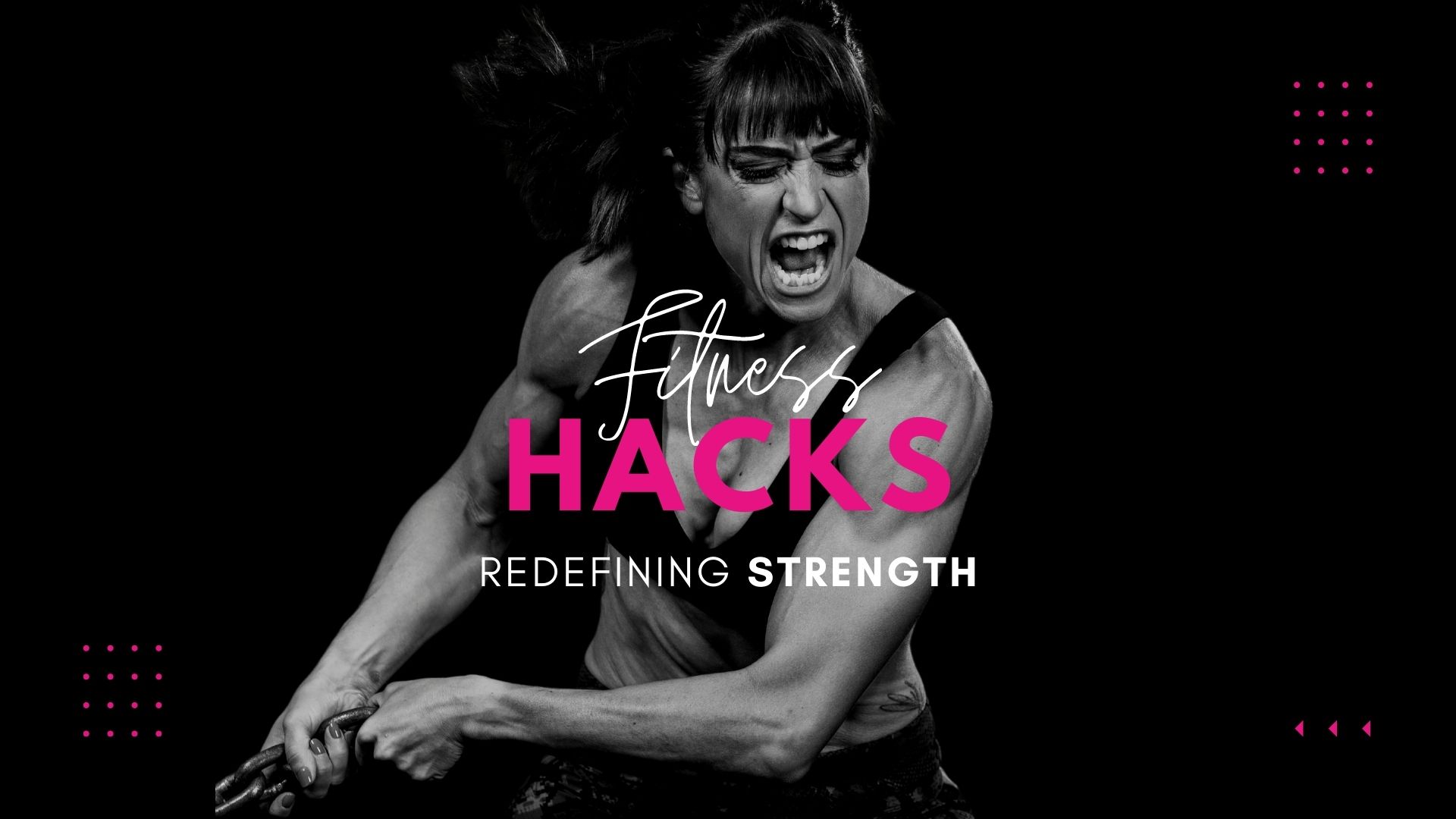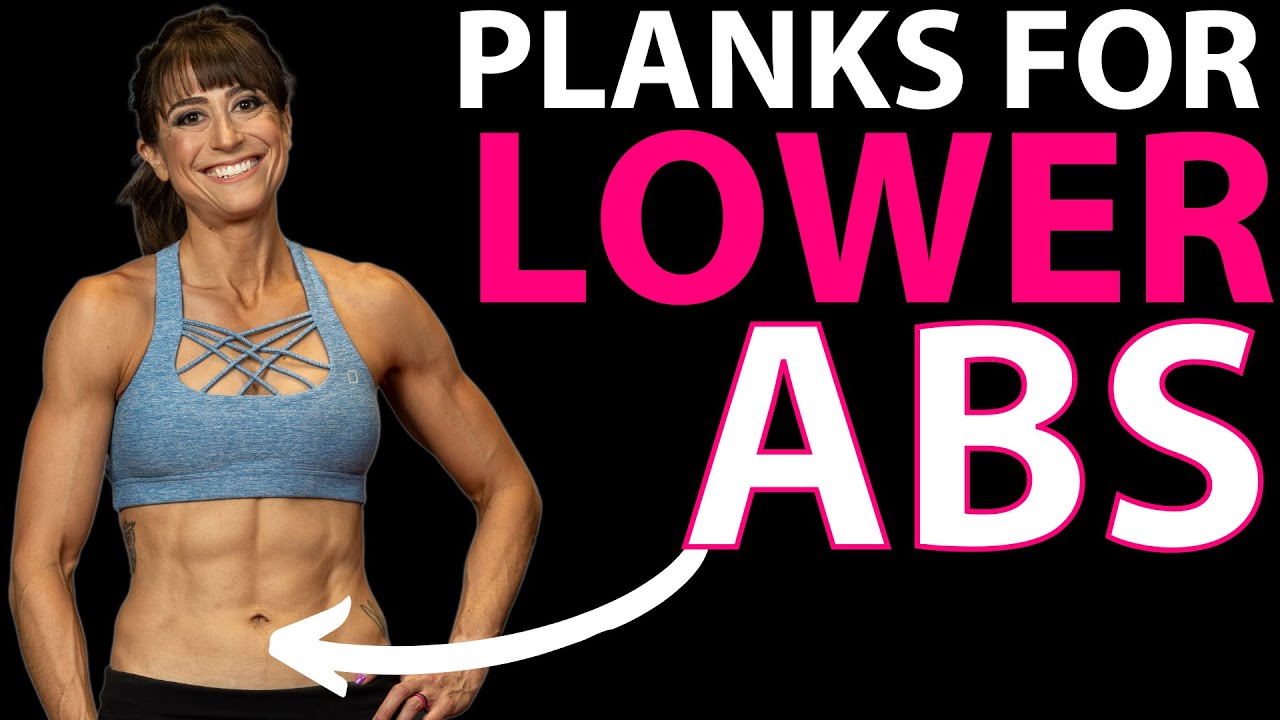
The Best Inner Thigh Exercise You’re Not Doing
Do you want to tone and strengthen your inner thighs?
Then this move is exactly what you’re looking for!
While we want to make sure we include compound leg exercises in our workout routines that work our entire leg while targeting those adductor, or inner thigh muscles, we also want to make sure that we complement that training with some isolation moves to really hone in on this stubborn muscle group.
That’s why I want to share one of my favorite moves so you can target your inner thighs and really feel them working while improving your knee and hip stability as well.
And bonus!, you’ll work you’re entire core, especially those obliques and even that glute medius, to target two other stubborn areas the love handles and side butt!
So what is this amazing inner thigh and core move?
It’s the Bench Side Plank Adductor Lift or the Copenhagen Plank!
This move is deceptively hard though so be conscious of the cues as you set up and watch for the modifications so you can make sure you adjust the move to fit your current fitness level, needs and goals!
Better to regress and build up than to use a variation we haven’t yet earned!
Bench Side Plank Adductor Lift Form:
To do this move, set up on your side with your elbow under your shoulder and the inside of your top foot on the bench.
Dorsiflex that top foot hard, pulling your toe up toward your shin to create tension through that lower leg. This tension will protect your knee as you hold the side plank.
Lift up into a side plank from your forearm with your bottom foot on the ground and your top foot on the bench, pressing down hard into the bench. Make sure your shoulders aren’t shrugged and your elbow stays under your shoulder so you can properly engage your upper back.
If your elbow sneaks out beyond your shoulder, it will put more strain on your neck and shoulder.
Engage your upper back and feel your bottom oblique and glute medius working even to slightly allow that bottom leg to hover off the ground. Make sure you aren’t twisted to face toward the ground.
Feel the adductor of your top leg working already as you hold in this position. Again do not relax that top foot.
Then holding the side plank position, lift that bottom leg up to meet the bench. Feel the adductor or inner thigh of that bottom leg working to lift.
Move slowly lifting and lowering back down. You can touch the foot down, but do not disengage your core at the bottom. Feel your bottom glute medius and oblique working to keep you lifted in the side plank.
Perform all lifts on that side then switch sides.
Modifications:
The first way to modify this move is to hold the side plank with your knee on the bench or even upper thigh.
This reduces the strength and stability demands, especially if you’ve had knee issues in the past.
If you don’t have a bench, you can of course always use a stair, couch or table, but you can also completely modify this movement off the ground.
From the ground you will just stagger that bottom foot in front to then be able to lift.
One further modification if the side plank is a bit too much currently on your shoulder and core, is to switch to an incline variation using the bench with your elbow up on the bench. You will then stagger your bottom foot in front to perform the adductor lift.
Using the incline reduces the load on your upper body and can be good to help you build up.
If you’re fully starting at the basics, you can even perform this movement fully lying on your side; however, this does reduce remove the core bonus you get from that side plank position.
SUMMARY:
Remember that doing a harder variation is not better if you can’t focus on the correct muscles working.
Often people end up demonizing moves not because the moves are bad but because they didn’t use the proper recruitment patterns or did a harder variation they haven’t yet earned.
But pick the variation that matches your needs and goals to work those inner thighs while improving your hip and knee stability and core strength!
Love Redefining Strength and want more tips delivered to your inbox daily?
Join my free daily newsletter HERE!




